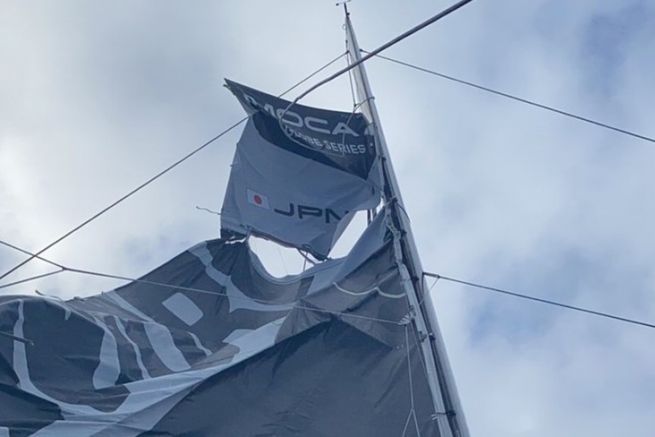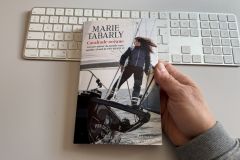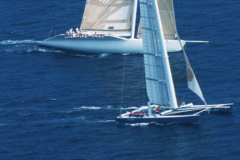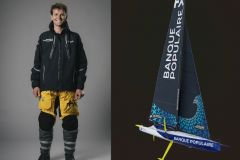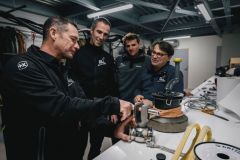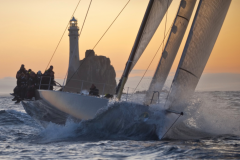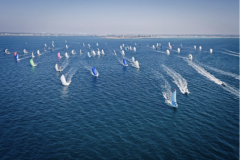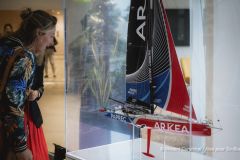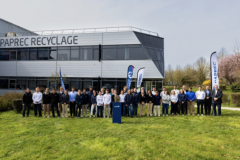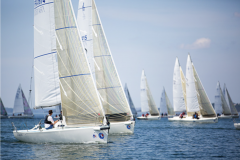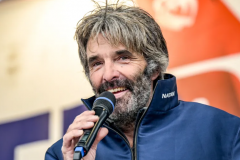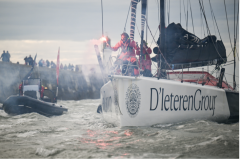An autopilot problem
Following an autopilot failure, the IMOCA DMG, skippered by Japanese Kojiro Shiraishi, carried out two involuntary gybes. These manoeuvres resulted in a large tear in the upper part of the mainsail.
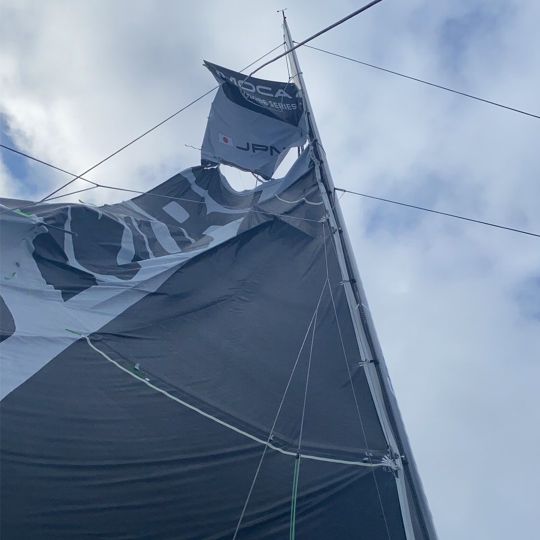
Damage without gravity when you are close to your master sailmaker, it proves to be very penalizing on a single-handed race without assistance, especially when there are still 20,000 miles to go. Philipe Touet, from the North Sails sailmaker explains: "The damage is not serious Before the start, we propose to each team different fabrics, according to their program. As Kojiro's goal is to finish the Vendée Globe, he has chosen a very strong 3DI mainsail model, but a little heavier than the other competitors. As a result of this involuntary double gybe, the horn of the mainsail became caught in the runners and suffered heavy damage. "
What's 3Di?
A 3Di web is composed of ultra-thin, unidirectional filamentary strips, preimpregnated with a thermosetting adhesive, arranged in a multidirectional orientation and molded in three dimensions into a one-piece flexible composite membrane. A filamentary tape is an individual fibre which has been broken down until the separate filaments lie side by side, forming an "ultra-thin tape".
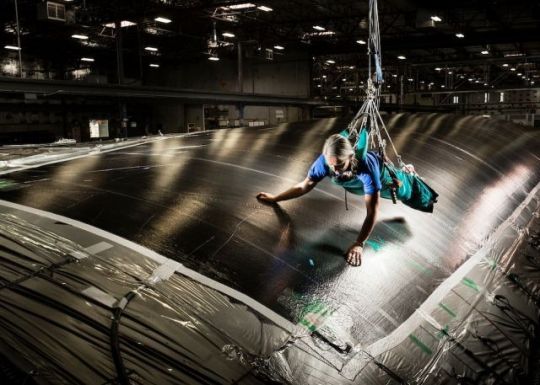
This exclusive technology makes it possible to manufacture 3Di sails with only fibres and adhesives, without the need for a Mylar film. This monobloc, unitary construction gives rise to a load-bearing wing that evenly resists deformation in all directions. At North Sails, all sails for an Offshore program are manufactured in the United States and then finished on the floor of Vannes, in Morbihan.
A complex repair
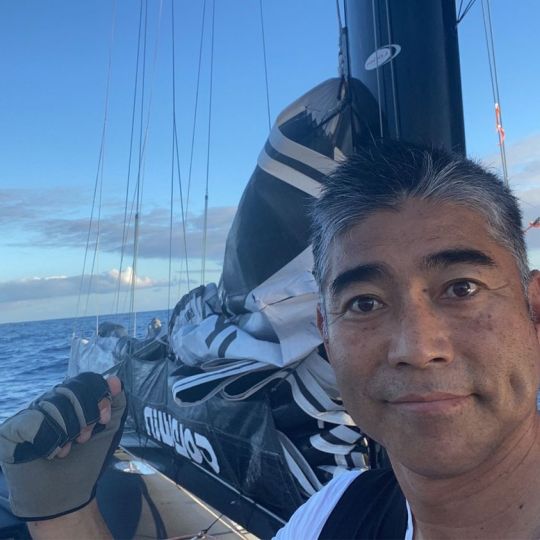
Kojiro therefore lowered his mainsail completely to carry out the repair. This exercise is particularly tricky with a sail in tatters, but the Japanese sailor was able to take advantage of the calm of the doldrums to carry out this operation.
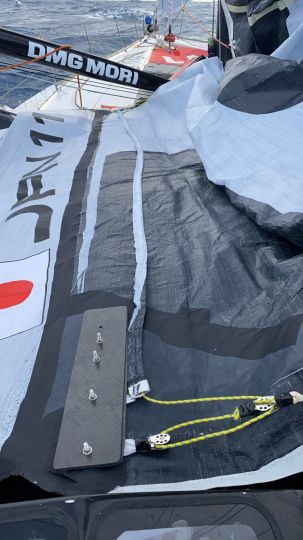
Each competitor has a kit called "sail repair", consisting of the basic elements to carry out a small repair. But faced with this rare damage, Kojiro, with the help of his shore crew, had to redouble his ingenuity to achieve his goal. After gluing two patches to the sikaflex over a 40 cm area on either side of the tear, Kojiro reinforced his repair by bolting two carbon plates together.
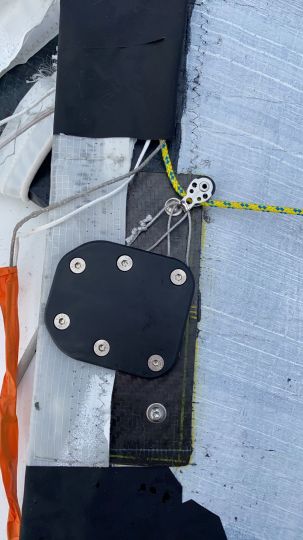
The area concerned is subject to significant stress, including a peeling effect when the sail is furled. Furthermore, the proximity to batten n°2 forces Kojiro to reinforce it with a lashing, so that the batten continues to play its role.
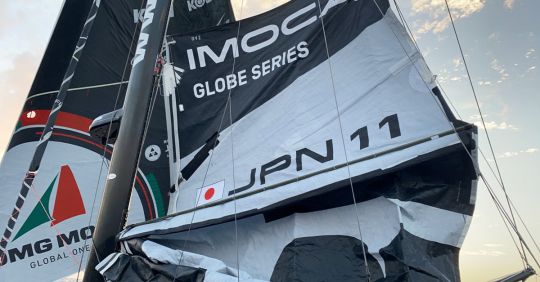
After 6 days of effort, Kojiro was able to start to cautiously send his GV back, moving up the battens one by one.
The history of the Vendée Globe tells the story of the great and small feats that the competitors had to achieve to finish the race. With this repair at sea Kojiro has engraved his name to this long and exciting adventure.
